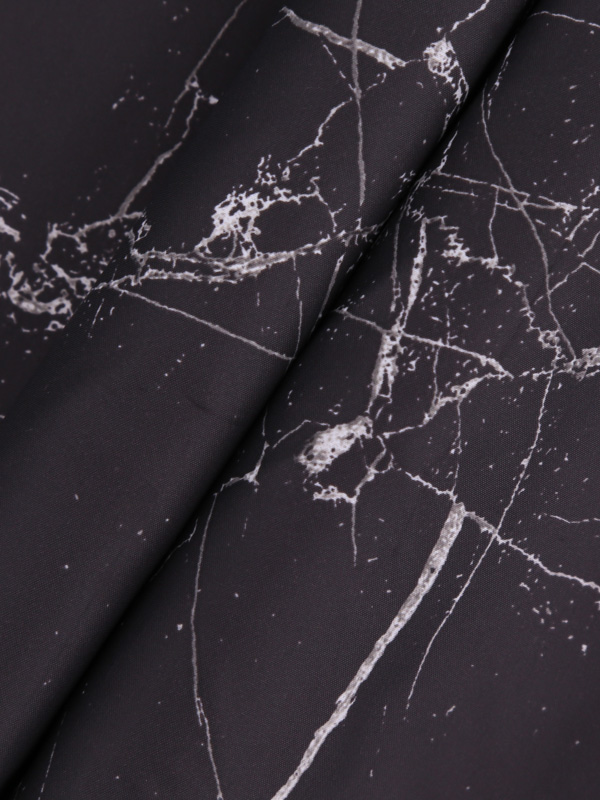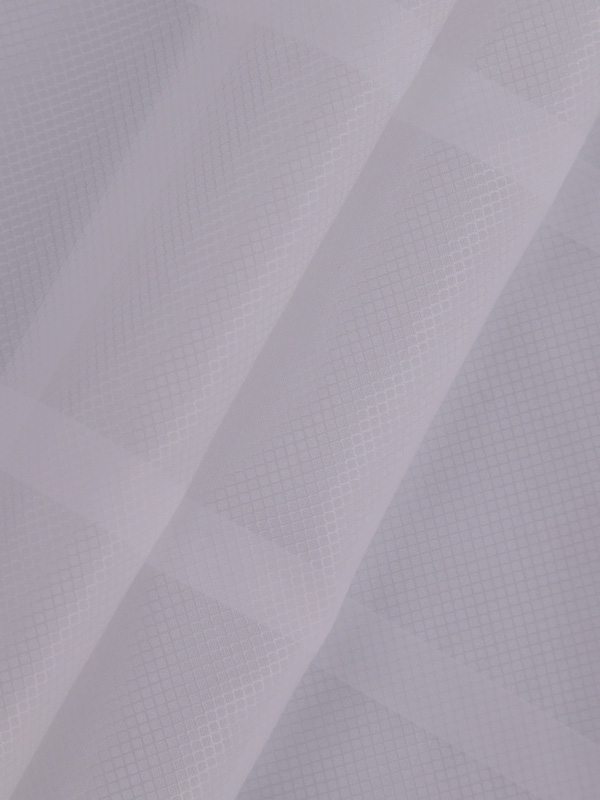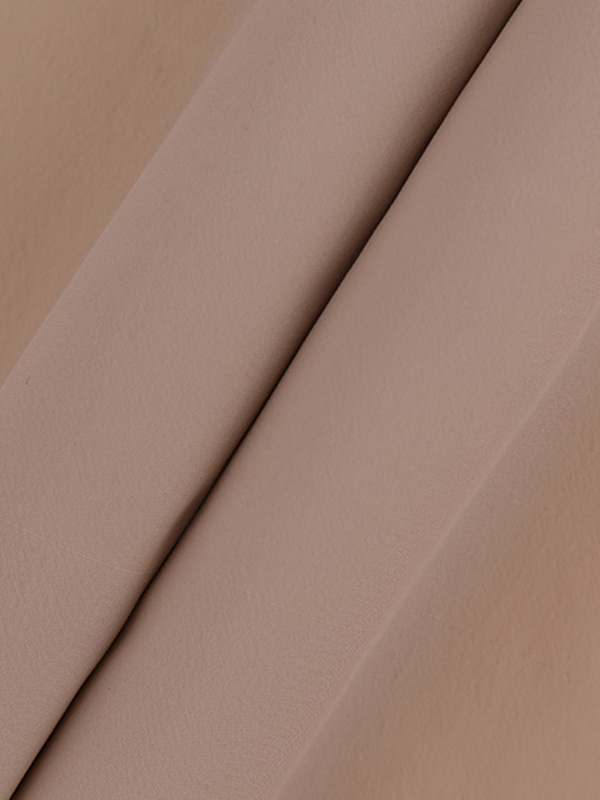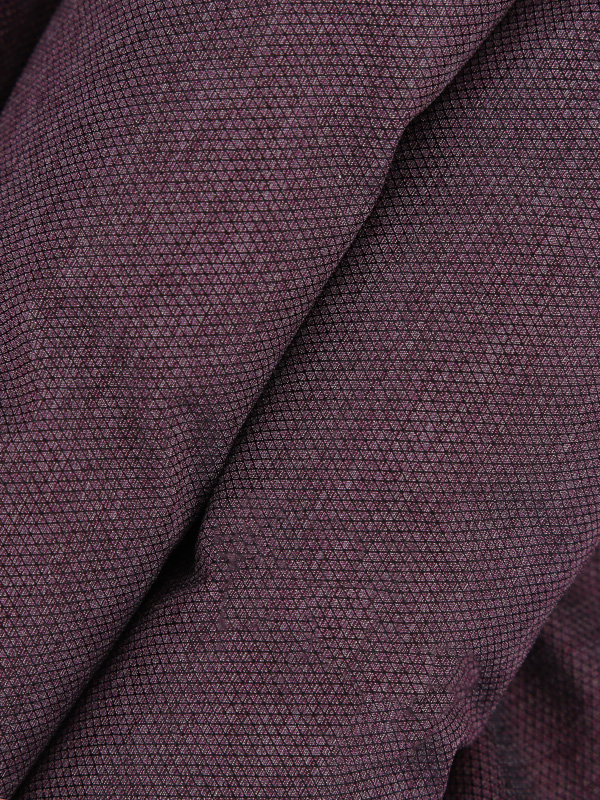Debating whether moisture has an effect on the properties of reinforced nylon fabrics? ?
After reinforced nylon absorbs water, many properties change, and the changes in many properties are related to the amount of water absorption. Comment on whether moisture has any effect on the properties of reinforced nylon.
1. Crystallinity and crystal structure
The crystallographic study of reinforced nylon found that reinforced nylon is a semi-crystalline material, which contains crystalline and amorphous regions after molding. In the crystal region, the molecular chain is in a plane zigzag conformation, and hydrogen bonds are formed between the chains through amide bonds. In the amorphous region, the conformation of the molecular chain is random, and most of the amide bonds do not interact to form hydrogen bonds, which are in a "free" state, but it is not excluded that a few regions constitute part of the hydrogen bonds.
In previous studies, the crystallinity of reinforced nylon was often estimated by density. The density of reinforced nylon is greater than that of water. After absorbing water, the density of these two materials increases, and the crystallinity also increases. Reinforced nylon materials oriented by stretching often contain some γ-crystals. The study found that the γ-crystal fraction of the reinforced nylon material decreased after water absorption, while the more stable α-crystal fraction increased.
2. Mechanical properties and molecular motion
The mechanical properties of reinforced nylon changed significantly after water absorption. The main ones are the decrease in hardness, modulus and tensile strength, the decrease in yield point, and the increase in impact strength. The molecular motion of reinforced nylon is studied by nuclear magnetic resonance, dynamic mechanical relaxation and dielectric loss. Tg dropped significantly. At the same time, it was found that the process of Tg decreasing with the addition of water absorption was staged. The initial decline is rapid; when the water absorption mass fraction exceeds a certain value, the decline is slow.
Summarizing various literature reports, the critical value is about 2% to 4%. Reinforced nylon also exhibits beta and gamma changes at lower temperatures, with beta changes only observed in wet samples, and its strength increases with increasing water uptake. Some suppliers of reinforced nylon also found that the increase in the intensity of the β-change peak was accompanied by the reduction of the γ-change peak, and showed a phase similar to Tg.
The above phenomena all indicate the effect of similar plasticization, but when the test temperature further drops and exceeds a certain critical temperature, the effect of moisture in reinforcing nylon material is opposite, similar to cross-linking and hardening. The detailed value of this critical temperature varies greatly in different reports. Some people suggest that this is related to the different conditions such as the frequency of dynamic mechanical testing and the degree of orientation of the sample. Reinforced nylon will harden after being subjected to a stress less than the yield point for a long time, which is called "stress aging". After water absorption, the rate of stress aging is accelerated.

3. Scale change
The volume of reinforced nylon will swell after water absorption. During expansion, the change of material scale and the change of water absorption are not completely synchronized. The reinforced nylon fiber swells first and then slowly with the change of water absorption; while the reinforced nylon film is the opposite. By stretching the oriented sample, the swelling is anisotropic. Swelling is more pronounced in the direction of stretch orientation. The research of supply reinforced nylon manufacturers found that under the action of stretching, the orientation of intermolecular hydrogen bonds in reinforced nylon is close to the direction of stretching. Therefore, it is believed that the swelling of reinforced nylon is more significant in the direction of intermolecular hydrogen bonds.
4. Heat setting method
There are two methods of wet heat setting and dry heat setting in the production of reinforced nylon fibers. The study found that under the same crystallinity, the dry heat setting sample absorbs less water than the wet heat setting sample. The dyeing properties of the samples with wet heat setting were better.


 English
English Chinese
Chinese



